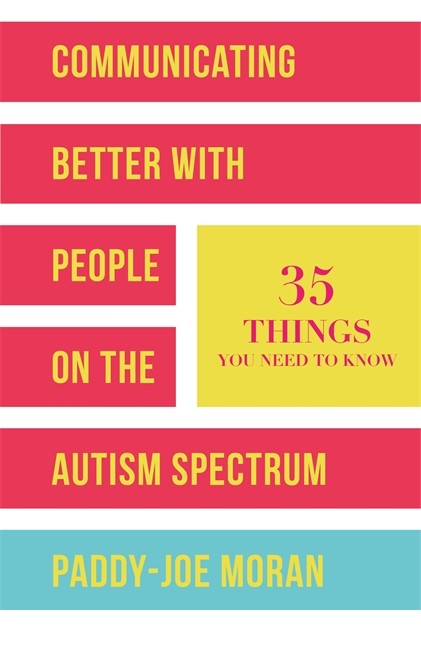Description
Introduction. 1. Person first language - to use it or not? 2. Use non-patronising language. 3. Use age-appropriate language. 4. Use neutral language. 5. Let yourself be guided on preferred terminology. 6. Don't use the word normal. 7. There is nothing `mild` about Asperger syndrome. 8. Say `on the spectrum`. 9. Address the person directly. 10. Refer to parents by name. 11. Adapting your language and the way you speak. 12. You will be taken literally. 13. Sarcasm. 14. The use of functioning labels. 15. Non-verbal vs pre-verbal. 16. Pre-conceived ideas. 17. Appearances can be deceptive. 18. Triad of Impairments. 19. Giftedness is not a given. 20. Autism is a neurological condition. 21. Autistic person, not patient. 22. No need to grieve. 23. Puzzling. 24. Facial expressions. 25. Body language. 26. Environment. 27. Physical contact. 28. Have a time limit on the session. 29. Offer breaks during sessions. 30. Explain what will be happening, and when. 31. Stick to the plan. 32. Ask specific rather than open-ended questions. 33. Pace your speech. 34. Alternatives to non-verbal communication. 35. Things to consider when offering food. Conclusion.

